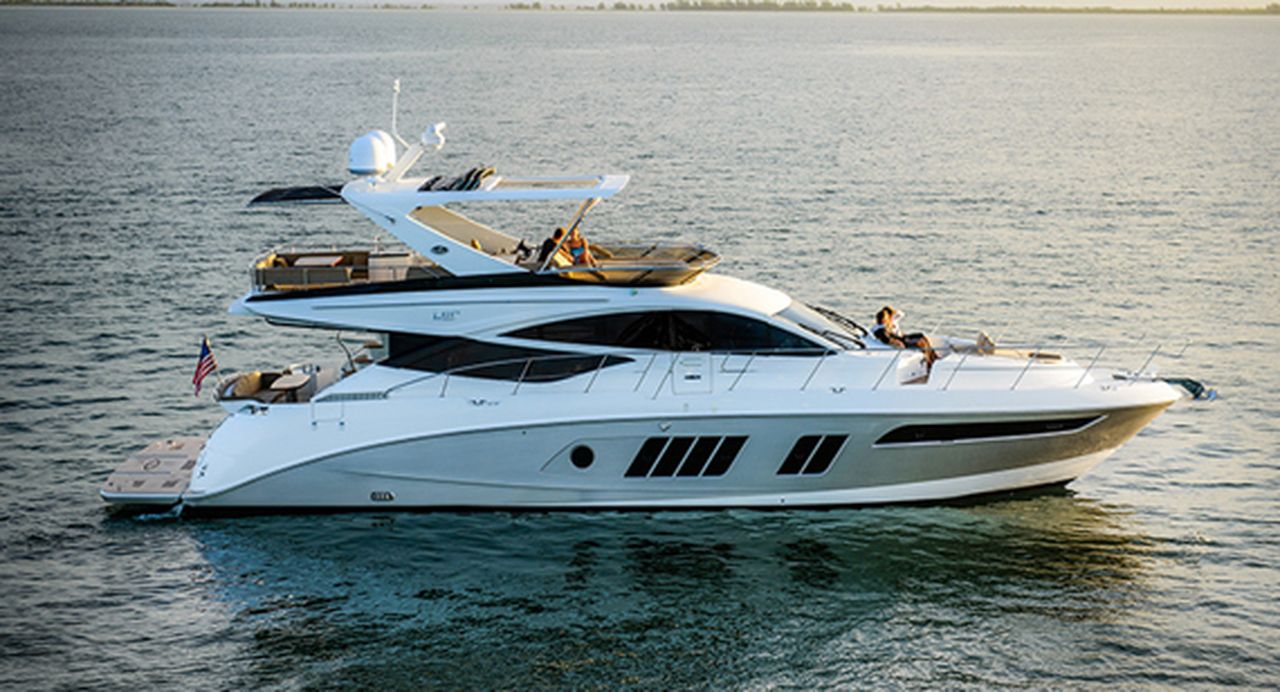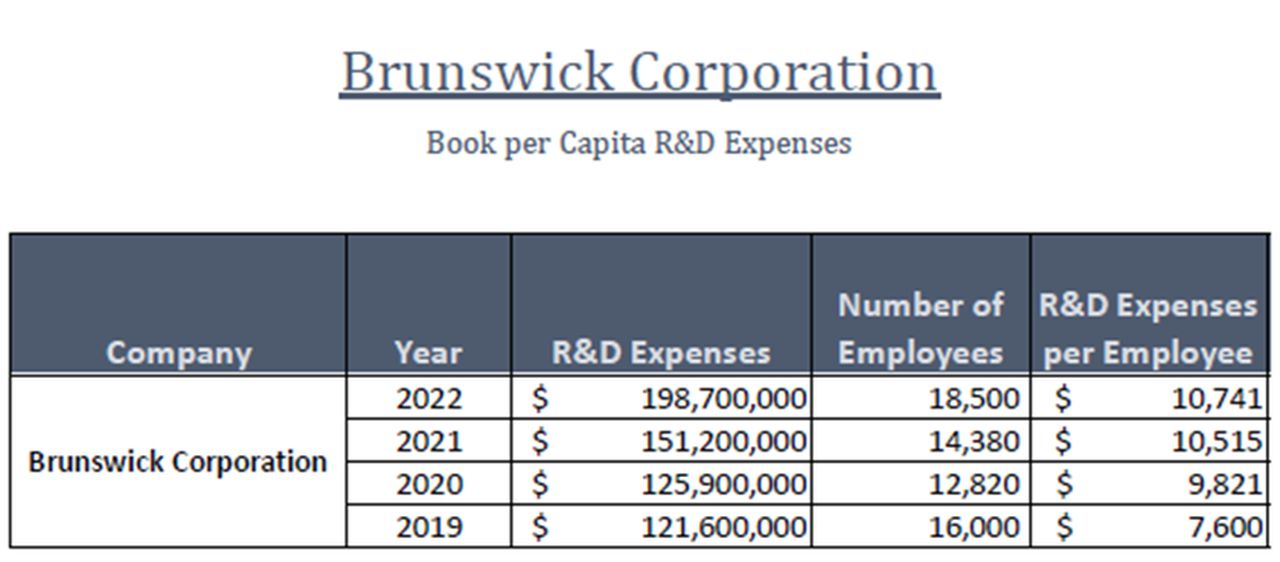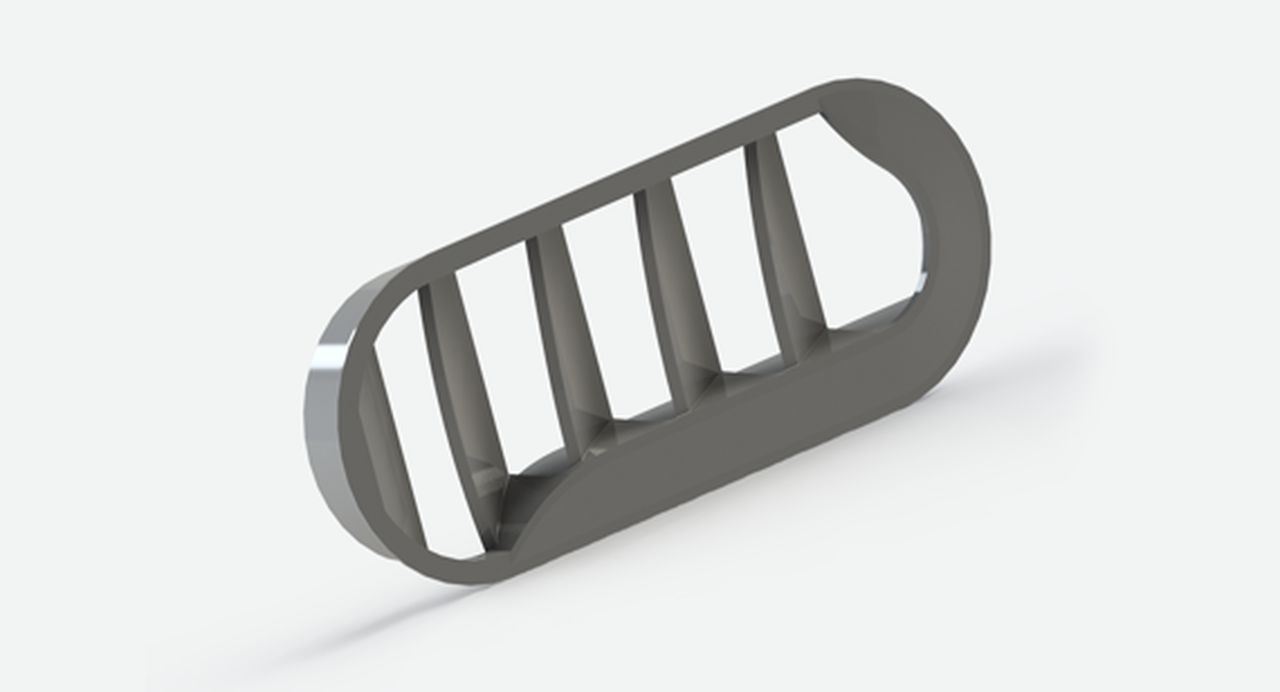
Charles R. Goulding and Preeti Sulibhavi discuss how Brunswick Corporation is leveraging 3D printing technology to achieve significant cost reductions amid softer demand in 2024.
Brunswick Corporation had sales of US$6.4 billion in 2023 (a decline from the US$6.8 billion it reported for 2022) and employed 17,300 people. Brunswick owns dozens of well-known marine brands, including, Sea Ray, Boston Whaler, Bayliner and Mercury Marine.
As Brunswick Corporation navigates softer demand and the need to control costs in 2024, the boat maker is leveraging 3D printing technology in innovative ways across its brands. From rapid prototyping to on-demand parts production, additive manufacturing delivers key benefits in quality, speed, and flexibility.
One recent example at Brunswick’s Sea Ray luxury yacht brand highlights the advantages. When Sea Ray redesigned the drainage system on several models in 2015, it faced supply challenges for a newly added grill cover. Made of corrosion-resistant plastic to withstand saltwater exposure, the part was initially produced using disposable cast urethane tooling. But with more models adopting the grill, throwing out molds every few weeks after short production runs became wasteful.

Rapid injection molding from digital manufacturing firm Protolabs provided a faster, higher-quality and lower cost solution. Unlike traditional injection molding requiring lengthy, costly steel tooling engineering, Protolabs molds parts from advanced aluminum alloys. This enabled Sea Ray to cost-effectively produce just the quantity needed of the plastic grills, which previously would have necessitated a large volume commitment.
Beyond better consistency and durability, the injection molded grills had a superior surface finish that minimized painting preparation. Most critically, lead time plunged from months to just three weeks. “Protolabs’ ability to tool domestically to aluminum and get us that quality of part…without committing to hundreds of thousands of parts really opened up our eyes,” said Randy Hasson, Project Leader at Brunswick’s boat group.

Protolabs’ industrial 3D printing has also accelerated Sea Ray’s design and production. Within days of uploading CAD files, Hasson’s team had several print iterations in-hand for evaluation. Some early 3D printed units even served as production parts on luxury yachts until the injection molded versions arrived. “Protolabs was definitely able to help us more seamlessly go from prototype to production, which is important in our market,” Hasson explained.
The company has since expanded the technique to other components like switch plate covers. “It really has opened up a new realm of things we can do,” Hasson said. “It’s helped us to bring innovative products to market faster.”.
Another Brunswick brand harnessing 3D printing’s flexibility is Mercury Marine, the world’s largest builder of recreational marine engines. To speed pre-production analysis years ago, Mercury additively manufactured water pump impellers in both plastic and metal on demand from Protolabs. Functional 3D printed models enabled tweaking the impeller curve and vane shapes far faster than machining each iteration.
More recently, Mercury has been 3D printing stainless steel trim tabs to precisely test their structural integrity under real marine conditions before finalizing production tooling. The ability to make design adjustments without incurring the lead time and cost penalties of changing traditional trim tab stamping tools has proven invaluable.
Complementing prototypes and short-run parts, Brunswick boat brands also capitalize on 3D printing to create highly customized components tailored to individual clients’ boats. From emblems, medallions and lighting fixtures to cup holders, grab handles and other fittings, additive manufacturing delivers aesthetic enhancements not possible with mass production.
According to Ryan Kuster, Leader of Composites and Additive Manufacturing at Brunswick, this capacity to economically “print specific customer-requested parts as needed aligns well with our business model of highly customizable boats.” Boat buyers appreciate personalized 3D printed features made just for their watercraft.
As Brunswick pushes innovation across its lineup while closely managing expenses amid market uncertainty, it sees ample runway ahead for additive techniques. After years of deploying 3D printing for targeted applications, 2024 holds the promise of expanded adoption. Mr. Kuster foresees growth areas in tooling components like jigs, fixtures and assembly guides, along with additional end-use parts.
The Research & Development Tax Credit
The now permanent Research & Development Tax Credit (R&D) Tax Credit is available for companies developing new or improved products, processes and/ or software.
3D printing can help boost a company’s R&D Tax Credits. Wages for technical employees creating, testing and revising 3D printed prototypes can be included as a percentage of eligible time spent for the R&D Tax Credit. Similarly, when used as a method of improving a process, time spent integrating 3D printing hardware and software counts as an eligible activity. Lastly, when used for modeling and preproduction, the costs of filaments consumed during the development process may also be recovered.
Whether it is used for creating and testing prototypes or for final production, 3D printing is a great indicator that R&D Credit eligible activities are taking place. Companies implementing this technology at any point should consider taking advantage of R&D Tax Credits
Conclusion
With global recreational boating still on solid footing despite economic crosscurrents, Brunswick seems well-positioned to navigate any near-term headwinds. While consumers moderate big-ticket purchases, marine leisure remains an aspirational lifestyle. For Brunswick brands, advancing 3D printing approaches to spark customer excitement while controlling costs looks to be an astute strategy. Streamlined development processes, flexible production and customization should resonate as demand trends play out.
